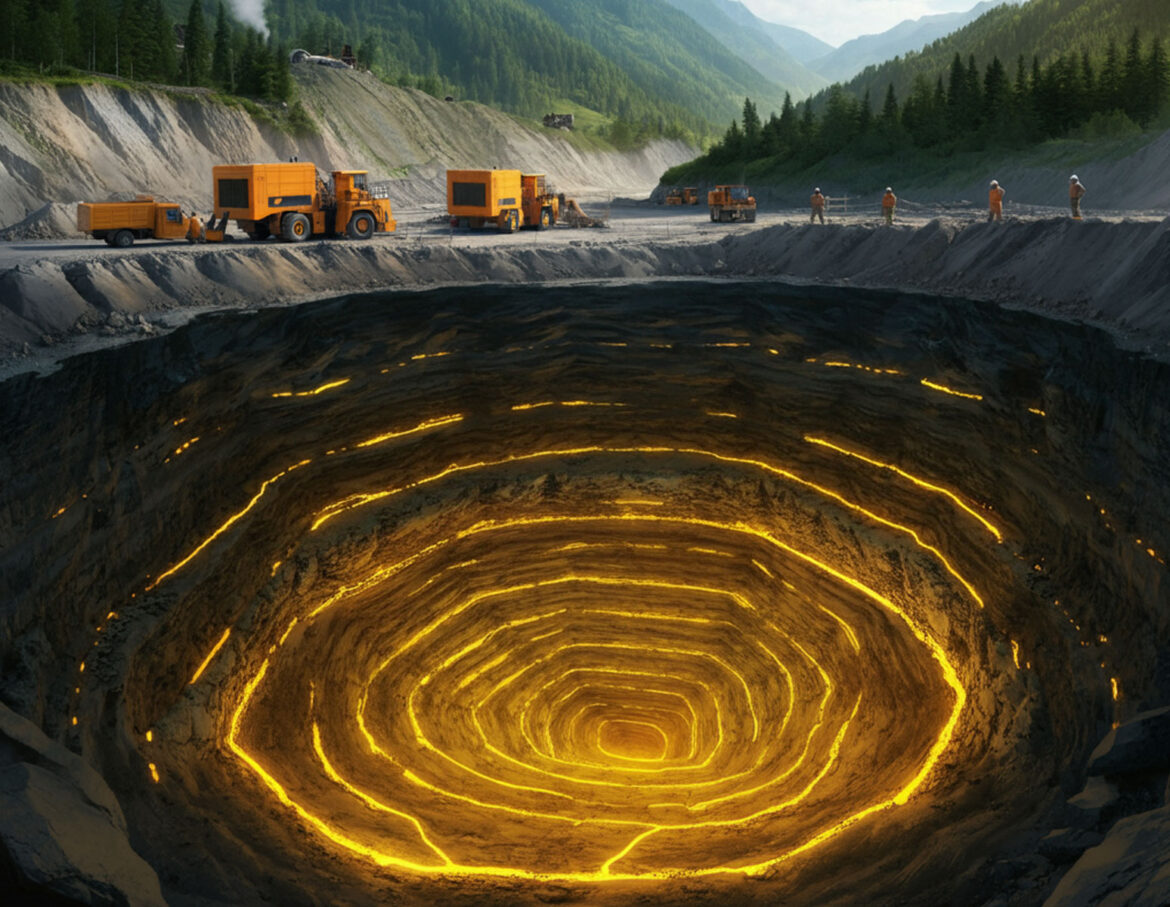China has announced the discovery of the world’s largest known gold deposit, located at the Wangu goldfield in central China. This extraordinary find, estimated to be worth over $80 billion, has the potential to yield more than 1,000 tonnes of gold, according to the Geological Bureau of Hunan.
The massive deposit lies beneath Pingjiang County in Hunan Province, with 40 gold veins running at a depth of approximately one mile. Early test drilling has already uncovered 300 tonnes of gold, and further exploration suggests that even greater reserves may exist at deeper levels. Drilled rock cores have shown visible gold, and additional test drills on the periphery of the site indicate that the deposit could be significantly larger.
The full extent of the Wangu goldfield’s reserves could generate upwards of 600 billion yuan ($83 billion, £65 billion). This discovery has already impacted global gold markets, driving a rise in gold prices, though future price trends remain uncertain amid ongoing geopolitical tensions.
This discovery is particularly significant given China’s increasing demand for gold in the face of global uncertainties. Experts see the find as a key step toward strengthening the country’s resource security. China, already a global leader in mining and precious metal production, particularly for industries like electronics and battery technology, is expected to further cement its dominance in the sector.
The Wangu goldfield is a critical mining area for China, which has invested nearly 100 million yuan in mineral exploration in the region. As of 2023, China produces approximately 10% of the world’s gold and is also a leader in the development and export of mining technologies, including efforts to reduce carbon emissions in mining processes.
This groundbreaking discovery marks a significant milestone for China’s resource strategy and the global gold market.



